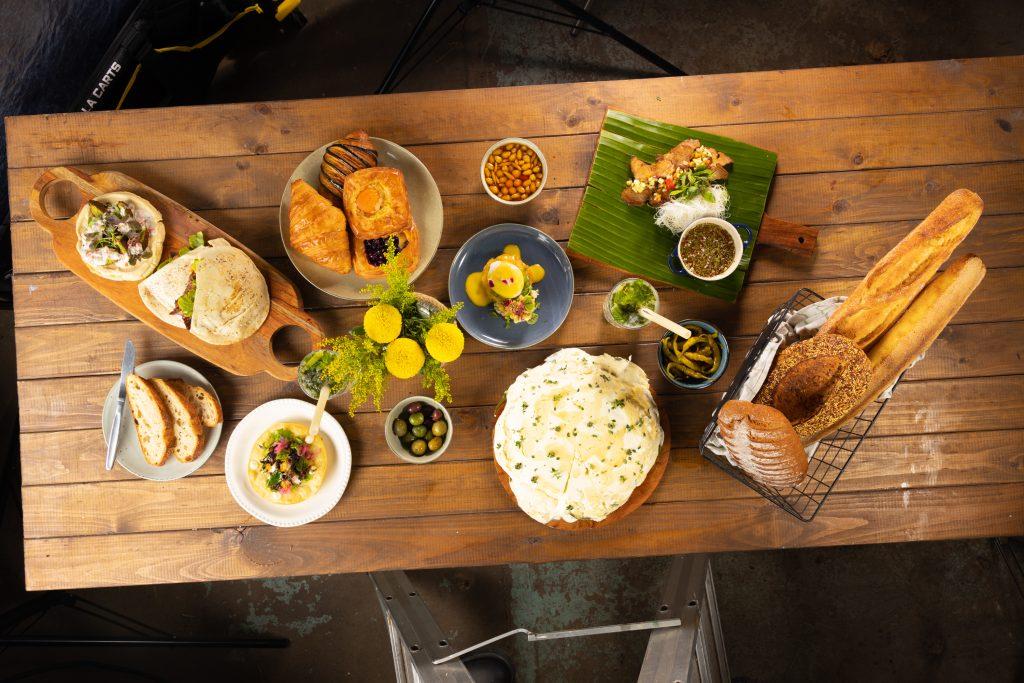The Financial Impact of Food Waste in Hospitality
Food waste isn’t solely an environmental concern; it’s a significant financial issue. The hospitality sector contributes approximately 16% of Australia’s food waste, amounting to over 1.2 million tonnes annually. This translates to an average loss of about $66,740 per business each year.
While businesses often swiftly address labor cost overruns, the financial losses from discarded food frequently go unnoticed. This oversight results in lost revenue, wasted preparation time, and unnecessary expenses.
💰 The Business Case for Reducing Food Waste
Implementing effective food waste management practices can reduce food costs by 3% to 4%, directly boosting your bottom line. Less waste equates to better profit margins. This initiative isn’t just about sustainability; it’s about making smarter business decisions.
🌱 How to Take Action on Food Waste
To start reducing food waste today, consider this five-step framework
1. Design Smarter Menus
- Incorporate Full Ingredient Utilization – Craft menus that naturally use entire ingredients, minimizing waste without adding impractical “zero-waste” tasks. For example:
- Utilize onion peels in chutneys instead of creating seldom-used onion peel powder.
- Repurpose front-of-house coffee grounds into desserts or sauces.
- Smart Mise en Place – Ensure each ingredient has multiple applications across your menu to minimize excess waste.
A well-designed menu preemptively eliminates unnecessary waste.
2. Audit Your Waste
Measuring waste is essential for effective management. Conduct a food waste audit to identify significant loss areas:
- Establish Three Waste Categories:
- 🛑 Spoilage: Expired food due to improper storage or over-ordering.
- 🔪 Production Waste: Over-prepped ingredients or unnecessary trimmings.
- 🍽️ Plate Waste: Uneaten food left by customers, often due to portion sizes.
How to Track It:
- Use three labeled bins for Spoilage, Production, and Plate Waste, and weigh them daily.
- A basic luggage scale suffices, but advanced AI-driven waste tracking systems are also available (reach out if you want some more information we know some great companies)
3. Assess the Data
Analyse the collected waste data to pinpoint issues:
- Identify High-Waste Items:- Are certain ingredients like lettuce, tomato ends, or fries frequently wasted?
- Determine Causes – Is waste due to poor storage, over-portioning, or inefficient preparation?
Understanding waste patterns enables informed decisions to enhance efficiency.
4. Take Action
Implement targeted SIMPLE interventions based on your findings:
- Enhance Knife Skills – Train staff to maximize ingredient yield.
- Adjust Portion Sizes- If plate waste is high, consider reducing portions or offering refillable sides.
- Optimize Storage- Improve storage methods for high-waste items like herbs and leafy greens.
- Innovate- For instance, using a small UV station can extend the shelf life of herbs, reducing spoilage.
Small, SIMPLE strategic changes can lead to substantial savings over time.
5. Re-Audit & Adjust
- Measure Improvements- Evaluate whether interventions have reduced waste.
- Refine Processes- Focus on the next significant waste contributors.
- Keep It Practical- Ensure changes are feasible within the fast-paced hospitality environment.
📌 Need Assistance Getting Started?
Download our Practical Food Waste Checklist from our Resource Bank or call us anytime !

